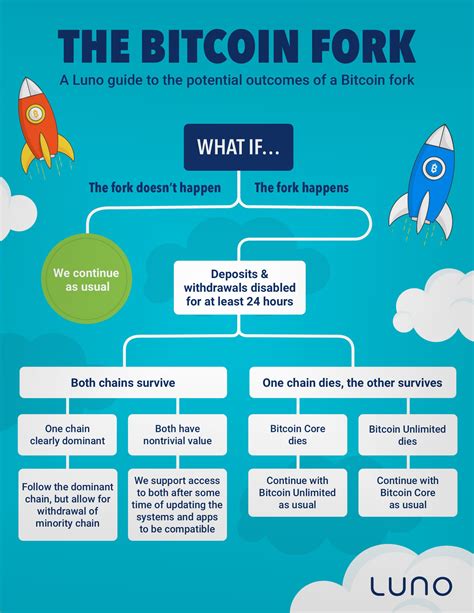The Art of Coin Renaming: Understanding How Ethereum Forks Decide Which Name to Steal
When a cryptocurrency forks from its parent network, the decision of which name to keep can be a contentious one. But have you ever wondered how these decisions are made? In this article, we’ll delve into the world of coin naming conventions and explore what determines whether a forked cryptocurrency gets to keep its original name.
The Legacy of Bitcoin
Bitcoin’s success in the early days was largely due to its unique characteristics. With fewer forks and more consistent use cases, the community felt comfortable with the name “Bitcoin.” However, as the market began to branch out, new coins emerged, each looking to capitalize on the existing brand recognition.
The Case of Bitcoin Cash
In 2017, a fork called Bitcoin Cash (BCH) emerged from the Bitcoin network. This decision was largely driven by the desire to create an independent blockchain that could handle increased transaction volumes without impacting the underlying Bitcoin network. However, this ultimately led to the demise of the original Bitcoin network.
Ethereum Fork Process
In contrast, Ethereum, one of the largest and most successful cryptocurrencies today, managed to avoid this fate. When a fork occurs on the Ethereum blockchain, the decision is made by the community through a consensus-based process. Here are some key factors that determine which name will be kept:
- Community Vote: The first step in determining which name will be kept is a community vote. This involves discussions and debates among community members to choose between two or more proposed names.
- Tokenomics: Tokenomics, or the economics of a cryptocurrency, plays a crucial role in determining which name will be selected. Different tokens have different use cases, asset types, and target audiences, which can influence the decision on which name will remain.
- Developer input

: Developers also have a significant say in the naming process. They often provide input to the community through online forums, social media, or other channels.
- Consensus algorithm: Ethereum’s consensus algorithm, Proof-of-Stake (PoS), allows for more flexibility in determining which name will be retained.
The butterfly effect
In recent years, there has been a growing trend of renaming and rebranding cryptocurrencies. This has led to some controversy among the community, with concerns about potential conflicts of interest or misuse of the original coin’s identity. To mitigate these risks, Ethereum has implemented measures such as:
- Token renaming: If a forked token is deemed to have no inherent value or utility, it can be renamed to avoid potential confusion.
- Delegated Proof-of-Stake (DPoS): DPoS allows for more flexibility in determining which name will be retained by allowing the community to vote on the fate of both forks.
In conclusion, the decision on which coin name to keep is a complex process that involves community input, tokenomics, and consensus algorithms. While Bitcoin has been forked, Ethereum has successfully avoided this fate by leveraging its decentralized governance model and flexible naming conventions. As the cryptocurrency market continues to evolve, it will be interesting to see how these decisions play out in future forks and rebranding efforts.